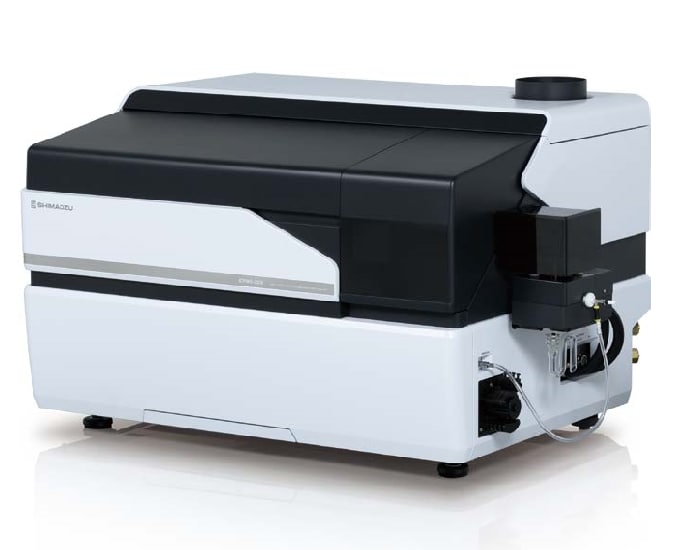
ICPMS-2030

INDUSTRY
Environment
KEYWORD
INTRODUCTION SERVICE&PRODUCTS
ICPMS-2030
Inductively coupled plasma mass spectrometry (ICP-MS) is used as a method for the analysis of the metals stipulated by the drinking water quality standard items. In March 2016, Shimadzu released a new product in its ICP-MS lineup, the ICPMS-2030. This instrument is superior in terms of measurement sensitivity, running cost, etc. Since October 2016, as part of an industry-government collaborative research project with Kishiwada City Waterworks Bureau, Shimadzu has been engaged in joint research designed to demonstrate the applicability of testing drinking water in the field, to evaluate the effects of introducing chemicals in the water purification process, and to consider and evaluate whether a switch from atomic absorption to ICP-MS should be made.
This article is based on an interview with Mr. Ueda and Mr. Takasaki of the Water Purification Section of the Kishiwada City Waterworks Bureau. They use the ICPMS-2030.
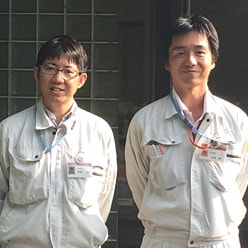
*Affiliates and titles of the interviewee are current as of the time of reporting.
Kishiwada City Waterworks Bureau
URL
https://www.city.kishiwada.osaka.jp/site/userguide/foreign-language.html
What type of instruments do you use to analyze the quality of drinking water?
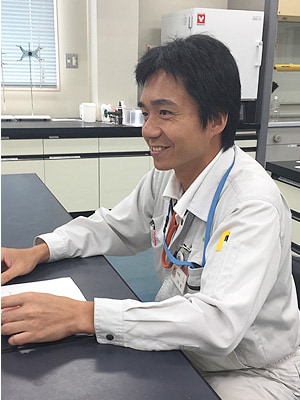
In our city, we perform analysis based on 51 items stipulated in the drinking water quality standards and the supplementary items for drinking water quality management. We use a gas chromatograph mass spectrometer, a high-performance liquid chromatograph, an ion chromatograph, an atomic absorption spectrometer, a mercury analyzer, a total organic carbon quantitative analyzer, and a color and turbidity meter.
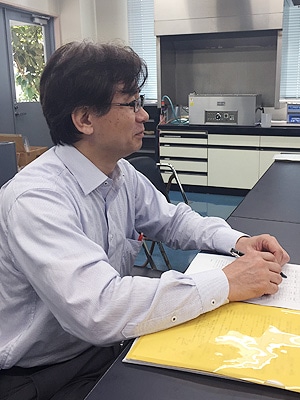
What things do you need to keep in mind when analyzing the metal elements in drinking water?
Although this is part of the basics for analytical work, as measures for dealing with the use of acids, we make sure we use protective equipment and perform proper ventilation. Other things we pay particular attention to are dissolution and dispersion caused by adding acids, contamination caused during testing procedures, elution from containers, adsorption or dispersion during storage, and the stabilization of measurements with the introduction lines of the equipment.
You are currently using a Shimadzu ICPMS-2030. What you think about the instrument?
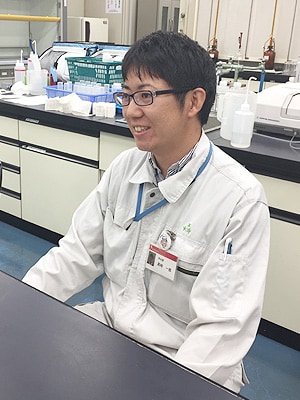
We can obtain a sensitivity that allows measurements of values below 1/10 of the drinking water quality standard values/drinking water quality management target values. Accuracy, repeatability, and intermediate precision have been very favorable for the validation evaluation. Since multiple elements can be analyzed simultaneously, our monthly water quality inspection work, which took one week or more to complete using atomic absorption, can now be finished in one day.
As for the software, if a template file is created, an entire range of tasks, including plasma ignition, automatic calibration, automatic measurement, automatic saving, and extinguishing plasma, can be performed easily. With automatic saving, you will not accidentally lose the previous data by having it overwritten when you perform a repeat measurement.
There are no significant changes in argon gas consumption compared with measurements that were previously done using atomic absorption (electric heating, instrument with dual frame). We think that the ICPMS-2030 is superior in cost performance as the operating time is shorter compared with atomic absorption, which means electrical costs are reduced and fewer consumables are used.
In addition, we like the fact that the ICPMS-2030 is compact and has a simple design. It seems easy to attach and remove the torch, sampling cone, and skimmer cone from the cyclone chamber. We have been using it for six months, and are pleased that it requires little maintenance, such as torch cleaning.
What would be your requests and needs in terms of functions and performance for ICP-MS in the future?
The drinking water quality standards are based on the latest scientific knowledge, such as the drinking water quality guidelines published by the World Health Organization (WHO). While referring to those guidelines, the Committee on Living Environment and Water Supply, Health Science Council of MHLW in Japan holds its deliberations, and adds items or revises the standard values. We would hope for maintaining and improving the functions and capabilities of ICP-MS so that any added items or changes in the values of standards can be accommodated. In regards to research and development of the current ICP-MS, I hope that the instrument can be made even more compact and require less argon gas, while maintaining the current sensitivity.
Lastly, please feel free to express any opinions or requests you might have regarding the instrument or our company.
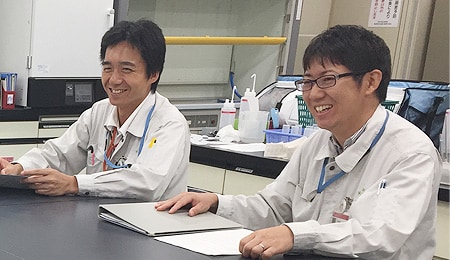
As an inspection organization that uses analytical instruments, our minds would be put at ease if the comprehensive maintenance support system is maintained. We hope for your continued support.
Thank you for providing your valuable time with us today.
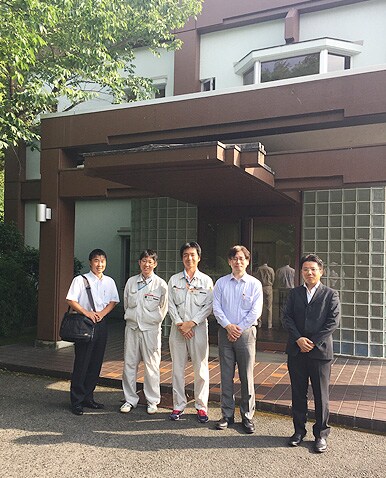
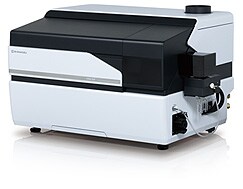
ICPMS-2030 Inductively Coupled Plasma Mass Spectrometer
Since the items that need measurement range broadly for metals in the drinking water quality standards, ICP-MS is an effective measurement method because it is capable of simultaneous analysis and can analyze trace elements. When developing the ICPMS-2030, the goals were to provide customers with "simple operation," "highly precise measurement results," and "reduced running costs." Shimadzu will continue to develop even better instruments while valuing opinions from customers.